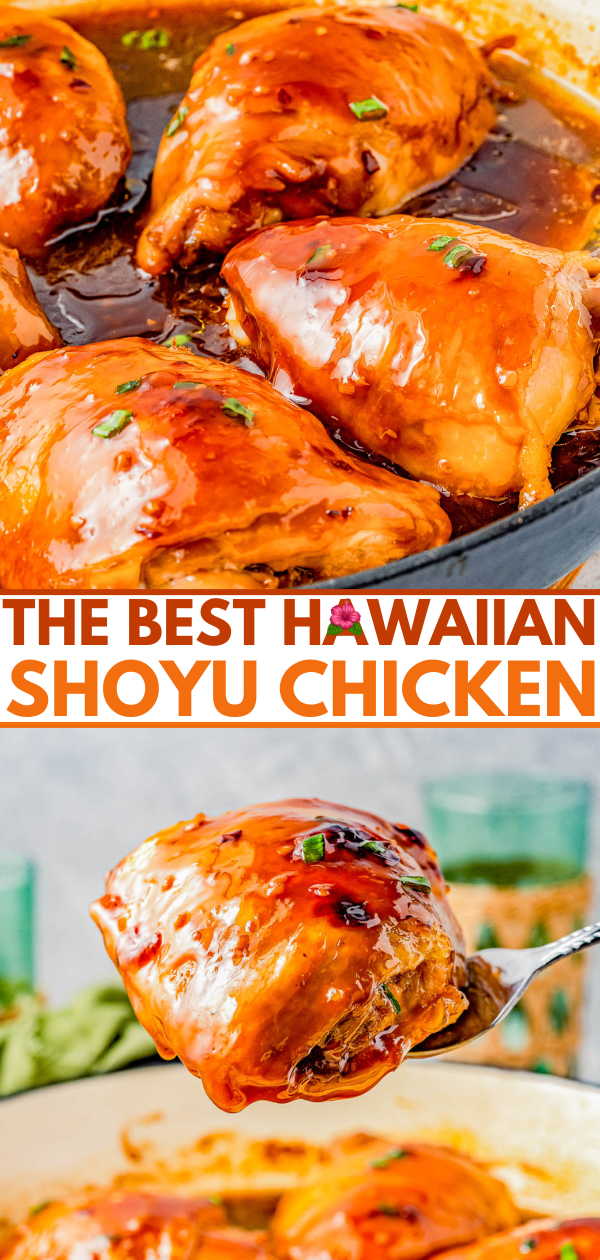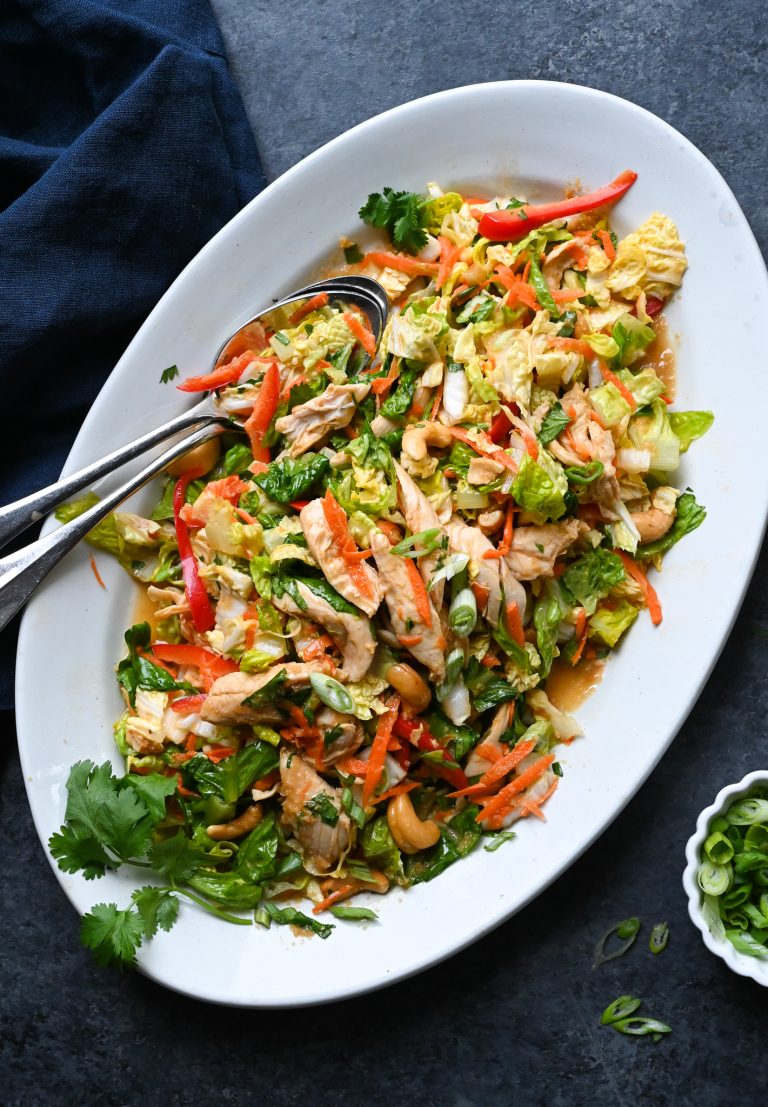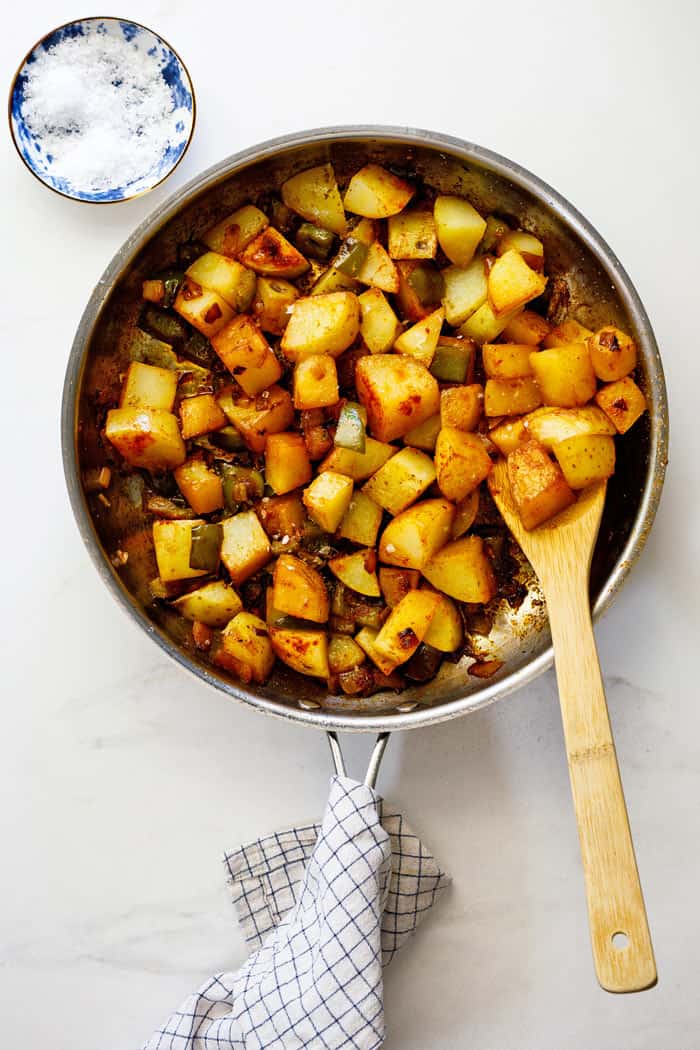Shoyu Chicken Recipe: Ingredients, Cooking Tips, and Health Benefits
Shoyu Chicken’s origins trace back to Hawaii’s rich culinary heritage. Due to the state’s geographical location, its cuisine is a fusion of various flavors brought by immigrants over the centuries. Early Hawaiian dishes used locally sourced ingredients, emphasizing fresh, natural flavors. As different cultures settled, they introduced their own cooking styles and ingredients, contributing to the diverse Hawaiian food landscape. Shoyu Chicken blends these influences by incorporating soy sauce, reflecting the multicultural background that defines Hawaiian cuisine.
Influence from Japanese Cooking Techniques
Japan’s influence on Shoyu Chicken is significant, especially in the use of soy sauce (shoyu), a staple in Japanese cooking. Japanese workers, who arrived in Hawaii in the late 19th century, brought essential ingredients and cooking techniques that profoundly impacted local food traditions. Methods such as marinating and slow simmering, commonly used in Japanese dishes, were adapted to local Hawaiian preferences. This combination created a dish that thrives on the balance of flavors—savory, sweet, and umami—characteristic of Japanese cuisine, yet distinctively Hawaiian in its execution.
Key Ingredients in Shoyu Chicken
Understanding Shoyu: The Heart of the Dish
Shoyu, a Japanese-style soy sauce, is central to Shoyu Chicken. This soy sauce, made from fermented soybeans, wheat, salt, and water, gives the dish its distinct umami flavor. It balances sweetness from sugar and tanginess from vinegar or mirin. Shoyu adds depth and enhances the natural flavors of the chicken and other components.
Complementary Ingredients and Their Roles
Complementary ingredients create harmony in Shoyu Chicken, emphasizing its rich and layered taste.
- Chicken Thighs: Their higher fat content makes them juicier and more flavorful than breasts.
- Brown Sugar: Adds sweetness that contrasts with the saltiness of the soy sauce.
- Garlic and Ginger: Used for their aromatic qualities, they provide a fragrant base.
- Green Onions: Offer a fresh, mild flavor and a pop of color.
- Mirin or Rice Vinegar: These increase acidity, balancing sweetness and savory notes.
- Sesame Oil: Adds a nutty aroma and enhances overall taste.
These ingredients interact to produce the savory, sweet, and slightly tangy profile that defines Shoyu Chicken.
Step-by-Step Cooking Process
Preparation of Chicken
Begin by cleaning and trimming the chicken thighs. Remove any excess fat but keep the skin intact for added flavor. Pat the chicken dry using paper towels to ensure it browns properly during cooking. Cut the chicken thighs into uniform pieces to ensure even cooking.
Marinating Techniques
Combine Shoyu, brown sugar, minced garlic, grated ginger, chopped green onions, and mirin or rice vinegar in a bowl. Mix until the sugar dissolves. Place the chicken pieces in a large resealable bag or container, pour the marinade over the chicken, and ensure all pieces are well-coated. Marinate in the refrigerator for at least 1 hour, though 4-6 hours yields the best flavor.
Cooking Methods to Enhance Flavor
Heat sesame oil in a large skillet over medium-high heat. Add the marinated chicken pieces to the skillet, skin side down. Cook for 5-7 minutes per side until the chicken is browned and cooked through, reaching an internal temperature of 165°F. To enhance flavor, deglaze the skillet by pouring the remaining marinade into the pan. Allow it to simmer for a few minutes until it thickens into a glaze, which you can spoon over the chicken before serving.
Serving and Pairing Ideas for Shoyu Chicken
Traditional Side Dishes
Serve Shoyu Chicken with classic Hawaiian sides to create a traditional meal. White rice provides a neutral base to balance the rich, savory flavors. Macaroni salad, with its creamy texture, adds a comforting element. Add Lomi-Lomi salmon, a fresh tomato and salted salmon salad, for a tangy contrast. Include a side of steamed vegetables like bok choy, which complements the chicken’s flavors without overpowering them.
Modern Twists and Serving Suggestions
For a contemporary take, pair Shoyu Chicken with innovative sides. Consider quinoa or cauliflower rice for a healthier alternative to white rice. Introduce a kale and avocado salad dressed with a light sesame vinaigrette to add a fresh, modern touch. Serve with roasted sweet potatoes or glazed carrots to enhance the sweetness of the dish. Create Shoyu Chicken tacos by shredding the chicken, adding shredded cabbage and a drizzle of spicy mayo. These modern variations provide flexibility while maintaining the core flavors of Shoyu Chicken.
Nutritional Value of Shoyu Chicken
Assessing the Health Aspects
Shoyu Chicken combines chicken thighs, soy sauce, brown sugar, garlic, and ginger. Chicken thighs are a good source of protein and essential vitamins like B12 and niacin. They also provide necessary minerals such as phosphorus and selenium. However, chicken thighs are higher in fat and calories compared to chicken breasts.
Shoyu soy sauce, while flavorful, contains high sodium levels. Consuming it in moderation is important, especially for those monitoring sodium intake. Brown sugar adds sweetness but also increases the calorie count and sugar content of the dish.
Garlic and ginger enhance flavor and provide health benefits. Garlic supports heart health and boosts the immune system. Ginger aids digestion and has anti-inflammatory properties. Green onions, mirin, and sesame oil contribute essential nutrients but in smaller quantities.
Tips for Making Shoyu Chicken Healthier
To make Shoyu Chicken healthier, consider certain modifications. Use low-sodium soy sauce to reduce sodium levels while maintaining flavor. Replace brown sugar with a natural sweetener like honey or a sugar substitute like stevia to lower the sugar content.
Switching chicken thighs for chicken breasts can reduce fat and calorie intake. Skinless chicken reduces saturated fat further. Incorporating more vegetables like bell peppers, broccoli, or spinach not only adds nutrition but also enhances the dish’s color and texture.
Serve Shoyu Chicken with healthier sides. Instead of white rice, opt for brown rice or quinoa to increase fiber and protein content. Pair the dish with salads or steamed vegetables to add vitamins, minerals, and fiber, creating a balanced meal.
Conclusion
Shoyu Chicken is a delightful fusion dish that marries rich flavors with nutritional benefits. By understanding its key ingredients and cooking techniques, you can easily recreate this traditional favorite at home. With a few mindful substitutions, you can even boost its health profile without sacrificing taste. Whether you’re enjoying it with rice or experimenting with modern pairings, Shoyu Chicken is sure to become a staple in your culinary repertoire. So why not give it a try and savor the delicious balance of sweet and savory in every bite?






